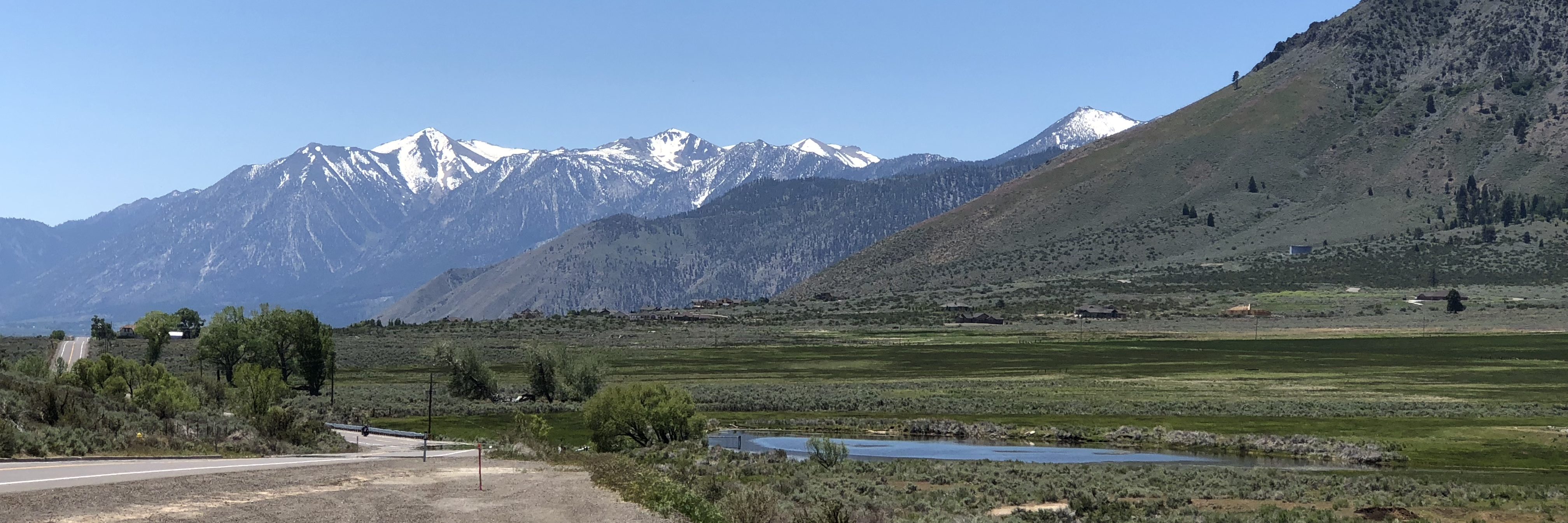Back in the last post we(actually it’s just “I”) were trying to pull all the previous post together about this custom designed outdoor fireplace with wood storage as part of the focal point this fireplace is to become . . . a confusing sentence I think.
What I am trying to say is that it’s more than a fireplace, it’s a gathering space, a space of big magic/mojo/whoopee etc.
It’s big stone, and we want to put it together in an artistic and a memorable way, we want big boulders around it, and benches that look like they appeared from somewhere special-they are going to be custom designed and built for this space.
So the design for this is taking some time, some back and forth, so here is where we are at.
[ Focus on the bottom 2 images-a cross between the two.]
So this is the latest design that I have come up with.

[This is the latest design w/large opening and fancy work around storage.]
Is this it?
I’m not sure if I have captured the rugged look of the stone surrounding the fireplace as it’s shown in the lower right of the top picture.
Do I like the way the storage area works with the actual fireplace opening. Yes . . . and no.
Yes . . .it’s unique.
No . . . because I am not totally sold on the surrounds and how they look together, I’m just not sure.
Will it work with the rest of the area?
Absolutely, of this I have no doubt. You walk down into this area, you look down into this area. There is a large canopy of trees surrounding the area, to me this is a perfect setting to create this type of “pit” area.
Rugged, remote, a forest around, with a lake close at hand . . . it’s gonna be awesome.
Finding, and working with the right mason should be fun because this will take “the right guy” out of his normal mode and give him a chance to do some real creative work.
The design/drawing sets the tone, then the mason and “the stone” bring it to life”.
The stone.
There will need to be some work done here to find the right stone to pull this look off.
We may have to cull through quite a bit to get the stone to create the look we are after. To get the joinery we are after.
The base stones are critical, if they work out right it will create a feature that looks anchored in.
The next phase.
The client will need to take a look, if this drawing is close we can move on and start figuring out how to lay out the patio, where the fireplace best fits, find the other stone for the out-croppings, and also determine how many benches we need/can/want to put in.
I will keep posting on this project. If I doodle another fireplace I’ll post it-maybe another idea will come during a warm-up drawing, or just fooling around with the pencil.
The main thing is to now get together a lay-out of the entire patio, I was requested to do something around 1,200 sq. ft.



When brain-storming these types of landscape features do you keep in mind practical things like Flue height and fire box size? At what point do the practical things come into play. For instance, a flue that is too short for the size of firebox will not draw well and might be quite smokey.
Each kind of landscape feature has characteristics and even requirements that make it work. A feature that looks well but doesn’t work may be a headache to the client.
Another example from an earlier post from one of your readers pointed out that some benches would not be used by the client unless they were shaped and positioned correctly.
Are there resources available to help the designer with these practical things?
There is a lot more flexibility with the design of an outdoor fireplace than an indoor one, but still good to make sure it is a safe and functional design.